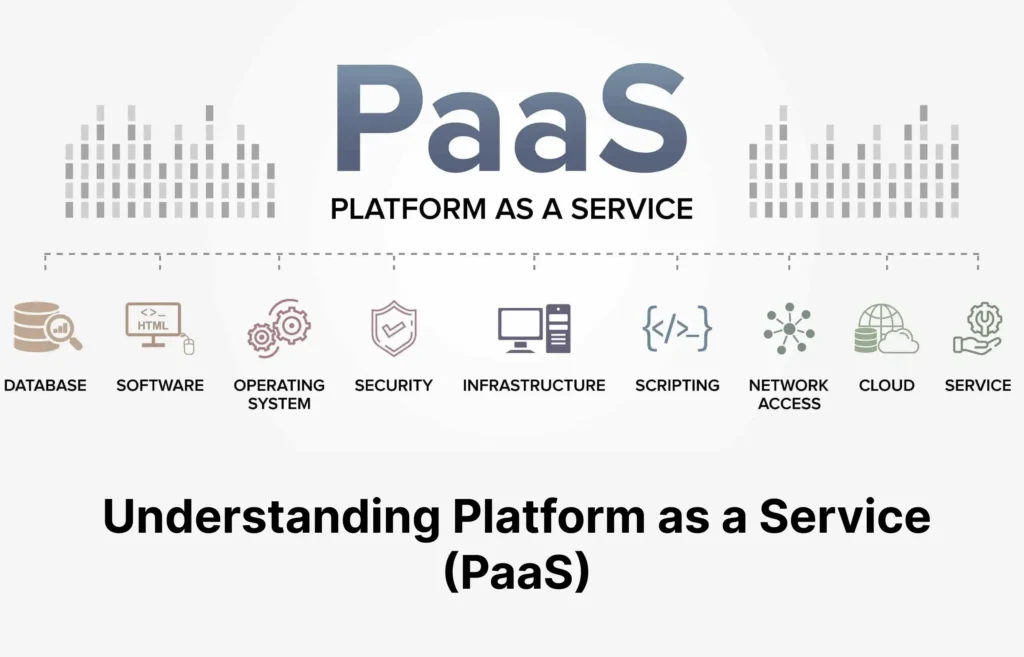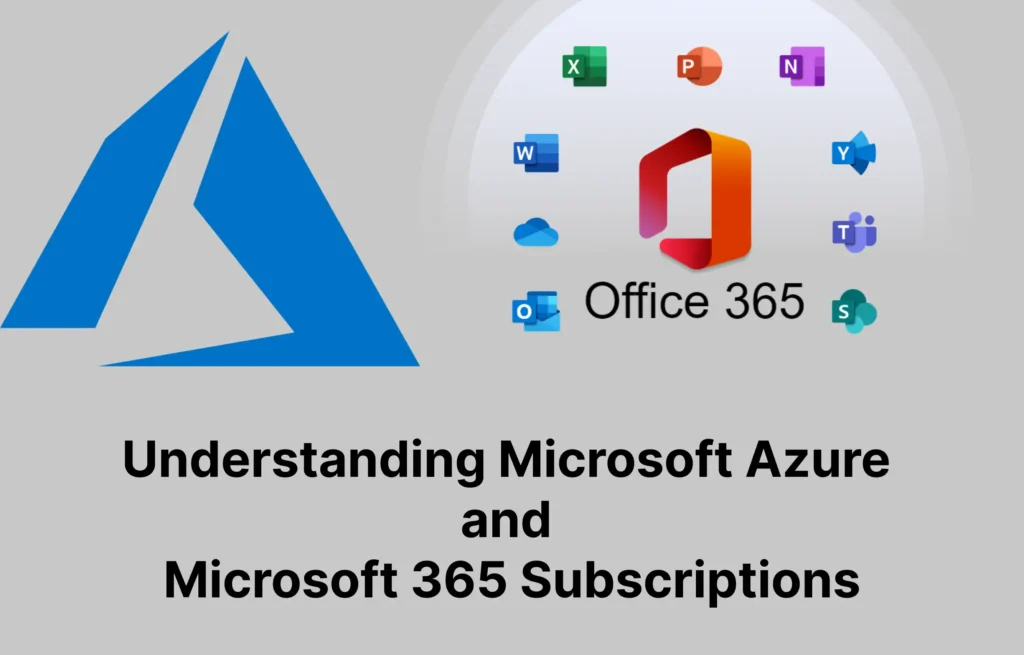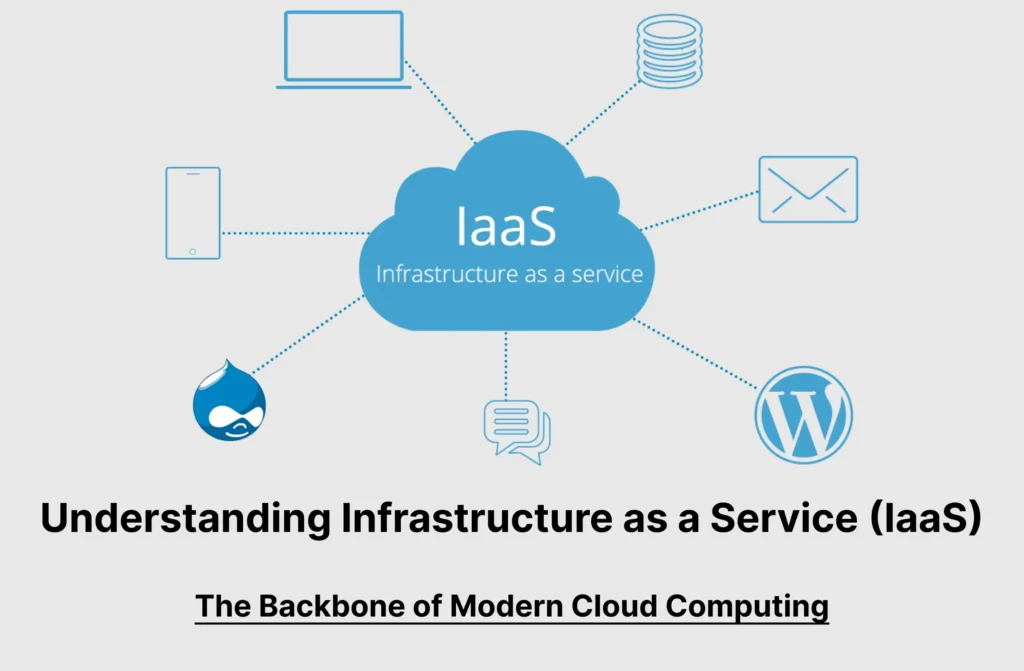Understanding Platform as a Service (PaaS). Explore the world of Platform as a Service (PaaS) and its role in cloud computing. Learn about its key characteristics, benefits, and challenges, as well as future trends in PaaS. Understand how PaaS accelerates development cycles, reduces costs, and enhances collaboration, making it an invaluable asset for businesses looking to innovate and stay competitive in the digital age.
Explore More Topics in: Technology Solutions
Also Read:
- Understanding Microsoft Azure and Microsoft 365 Subscriptions: A Comprehensive Guide
- Exploring Microsoft Azure: Services, Free Tier, and Subscription Options
- Understanding Infrastructure as a Service (IaaS): The Backbone of Modern Cloud Computing
- Understanding Software as a Service (SaaS): A Comprehensive Guide
Introduction to Platform as a Service (PaaS)

Table of Contents
Platform as a Service (PaaS) is a category within the broader realm of cloud computing that provides a platform allowing customers to develop, run, and manage applications without the complexity of building and maintaining the underlying infrastructure. PaaS sits between Infrastructure as a Service (IaaS) and Software as a Service (SaaS) in the cloud service model hierarchy. While IaaS provides the basic infrastructure such as virtual machines and storage, and SaaS delivers fully functional applications, PaaS offers a middle ground by supplying the tools and environment necessary for application development and deployment.
Key characteristics that distinguish PaaS include its development framework, middleware, and database management capabilities. PaaS solutions typically come with pre-configured development tools, middleware to handle various application services, and integrated database management systems, enabling developers to focus on writing code and creating applications. This abstraction of infrastructure management allows for quicker development cycles and more efficient scaling of applications.
The history of PaaS dates back to the early 2000s when companies began to realize the potential of cloud computing beyond mere infrastructure. Google’s App Engine, launched in 2008, was one of the early PaaS offerings, allowing developers to build and host web applications using Google’s infrastructure. Since then, the PaaS market has evolved significantly, with numerous providers entering the space, including Microsoft Azure, Amazon Web Services (AWS) Elastic Beanstalk, and IBM Cloud Foundry.
Major players like Microsoft, Google, and AWS have continuously expanded their PaaS offerings, contributing to the evolution of the market. These platforms are extensively used for various purposes, including web and mobile application development, API development and management, data integration, and DevOps processes. The flexibility and scalability of PaaS solutions make them ideal for businesses looking to streamline their development processes and reduce the time-to-market for new applications.
Key Features and Benefits of Platform as a Service (PaaS)
Platform as a Service (PaaS) offers a broad suite of functionalities that cater to the diverse needs of modern application development. One of the most prominent features of PaaS is its comprehensive set of development tools, which includes integrated development environments (IDEs), version control systems, and testing frameworks. These tools streamline the coding process, enabling developers to write, test, and debug applications more efficiently.
Another critical component of PaaS is middleware, which acts as an intermediary layer facilitating communication and data management between the application and the underlying hardware and networks. Middleware services encompass a range of functionalities, including database management, messaging, authentication, and API management. By handling these complex tasks, middleware allows developers to focus more on writing application-specific code.
PaaS also includes extensive management services that automate infrastructure provisioning, scaling, and monitoring. These services significantly reduce the burden of infrastructure management, freeing developers to concentrate on core development activities. Automated scaling ensures that applications can handle varying loads without manual intervention, while monitoring tools provide real-time insights into application performance and health.
The benefits of PaaS are manifold. One of the primary advantages is the acceleration of development cycles. With pre-configured environments and tools, developers can rapidly build, test, and deploy applications, reducing time-to-market. Additionally, PaaS minimizes the complexity of infrastructure management, allowing businesses to allocate resources more effectively and focus on innovation.
Cost savings are another significant benefit of PaaS. By adopting a pay-as-you-go model, organizations can avoid the substantial capital expenditure associated with purchasing and maintaining hardware. Instead, they can scale resources up or down based on demand, ensuring optimal resource utilization.
PaaS also fosters improved collaboration among development teams. Centralized tools and environments facilitate seamless communication and coordination, enhancing productivity and ensuring consistency across the development lifecycle. This collaborative environment is particularly beneficial for distributed teams working on complex projects.
Real-world examples illustrate the tangible benefits of PaaS. For instance, startups leverage PaaS to quickly develop and launch innovative applications without the overhead of infrastructure management. Large enterprises use PaaS to modernize legacy systems, enabling them to stay competitive in an ever-evolving market landscape. Retail companies employ PaaS to develop scalable e-commerce platforms that can handle high traffic during peak seasons.
In summary, the key features and benefits of PaaS make it an invaluable asset for businesses looking to enhance their development capabilities, reduce costs, and improve collaboration. By leveraging the power of PaaS, organizations can accelerate innovation and achieve their strategic goals more effectively.
Challenges and Considerations in Adopting Platform as a Service (PaaS)
Adopting a Platform as a Service (PaaS) solution can offer numerous benefits, yet it is crucial for organizations to be aware of the potential challenges and considerations associated with this transition. One significant concern is vendor lock-in. When an organization becomes heavily dependent on a specific PaaS provider, migrating to another platform can be complex and costly. This dependency can limit flexibility and hinder future technological advancements. Therefore, it is essential to evaluate the long-term implications of vendor lock-in before committing to a particular PaaS provider.
Data security and compliance are also critical considerations. Storing and processing data within a PaaS environment may expose organizations to various security risks and compliance issues. Ensuring that the PaaS provider adheres to stringent security protocols and regulatory requirements is paramount. Organizations must thoroughly assess the provider’s security measures, data encryption practices, and compliance certifications to mitigate these risks.
Scalability and flexibility are pivotal factors in determining the suitability of a PaaS solution. Organizations should evaluate whether the PaaS platform can scale seamlessly with their growth and adapt to evolving business needs. A rigid or limited platform could impede expansion and innovation, making it vital to choose a solution that offers robust scalability and flexibility.
Integrating PaaS with existing IT infrastructure can present another challenge. Organizations must ensure that the PaaS solution is compatible with their current systems and applications. This integration process may require significant time and resources, potentially disrupting business operations. Conducting a comprehensive assessment of the existing infrastructure and planning for a smooth integration is essential to minimize disruptions.
Finally, the adoption of a PaaS solution may necessitate staff training and skill development. Employees need to be proficient in utilizing the new platform to maximize its benefits. Investing in training programs and upskilling initiatives is crucial to ensure that the workforce is equipped to leverage the full potential of the PaaS solution.
Future Trends and Innovations in Platform as a Service (PaaS)
As technology continues to evolve at a rapid pace, the Platform as a Service (PaaS) sector is poised for significant advancements. Emerging technologies such as artificial intelligence (AI), machine learning (ML), and the Internet of Things (IoT) are expected to play a pivotal role in shaping the future of PaaS platforms. These technologies will enhance the capabilities of PaaS, enabling more sophisticated and intelligent application development and deployment processes.
AI and ML, in particular, are set to revolutionize PaaS by providing advanced analytics, real-time decision-making, and automated processes. PaaS platforms integrated with AI and ML can offer predictive maintenance, anomaly detection, and personalized user experiences. This integration will not only improve operational efficiency but also open new avenues for innovation and business growth.
Similarly, the proliferation of IoT devices is driving the need for robust PaaS solutions that can handle vast amounts of data generated by these devices. PaaS platforms are evolving to support IoT-driven applications, offering seamless connectivity, data management, and analytics capabilities. This trend is expected to accelerate as more industries adopt IoT technologies, necessitating scalable and flexible PaaS solutions.
Another significant trend in the PaaS landscape is the growing importance of multi-cloud strategies and hybrid cloud environments. Businesses are increasingly adopting multi-cloud approaches to leverage the strengths of different cloud providers and avoid vendor lock-in. PaaS platforms are adapting to this trend by offering interoperability and seamless integration across multiple cloud environments, ensuring greater flexibility and resilience in application deployment.
Advancements in containerization and microservices architecture are also influencing the development and deployment of applications on PaaS platforms. Containers provide a lightweight and efficient way to package and deploy applications, while microservices architecture allows for modular and scalable application development. Together, these technologies enable faster development cycles, improved resource utilization, and greater agility in responding to market demands.
Looking ahead, PaaS will continue to shape the future of software development and business operations. With ongoing innovations in AI, ML, IoT, multi-cloud strategies, and containerization, PaaS platforms will become even more integral to driving digital transformation and enabling businesses to remain competitive in a rapidly changing technological landscape.




